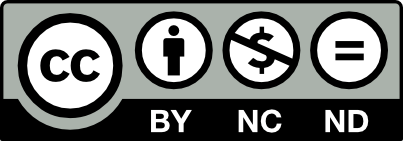This page is licensed under Creative Commons under Attribution 4.0 International. Anyone can share content from this page, with attribution and link to College MatchPoint requested.
Why Sticker Price Doesn’t Tell the Whole Story About College Costs
When families start building a college list, the first number they often see is the sticker price. A college that lists tuition, room, and board at $70,000 or more can feel completely out of reach. It is easy to assume that the only affordable choices are the ones with much lower published prices.
But sticker price doesn’t tell the whole story. What really matters is the net price—what your family will pay after financial aid and scholarships are applied. And here’s the surprise: some of the most expensive colleges on paper can sometimes actually be the most affordable once aid is factored in.

Where This Data Comes From
Each year, our colleagues Jennie Kent and Jeff Levy analyze admissions and financial aid data from the Common Data Set, a report that colleges complete annually. It includes information on admissions, financial aid, student demographics, and more.
By pulling hundreds of these reports together, Jennie and Jeff highlight patterns families might not see when looking at one college at a time. Their work shows how schools use need-based and merit aid, and why a “cheaper” sticker price does not always mean a lower cost for families.
What Families Should Know
Many well-known colleges with high sticker prices also have strong financial aid programs. Some pledge to cover all demonstrated need, while others offer generous merit scholarships to students regardless of financial background. The key is understanding each school’s aid philosophy.
- Southern Methodist University (SMU): Offers large merit scholarships that reduce the cost significantly for many families.
- Baylor University: Known for awarding merit aid widely, often bringing down the final bill by $20,000 or more.
- Texas Christian University (TCU): Uses competitive merit scholarships to make the school more accessible to strong applicants.
- Tulane University (Louisiana): Recognized nationally for generous merit awards that help bring an expensive sticker price down to a manageable level.
- University of Miami (Florida): Offers substantial merit scholarships to attract high-achieving students.
Each of these schools has a high sticker price, but the actual cost can look very different once scholarships and aid are applied.
How to Research the Real Cost
Families can take practical steps to move beyond sticker shock and get a clearer picture of affordability:
Quick Checklist: Uncovering the Real Price of College
- Use Net Price Calculators. Every college must provide one on its website. It will give you an estimate of what your family might pay based on income and academic profile.
- Look at Aid Philosophy. Some schools commit to meeting full need. Others focus on broad merit aid. Knowing the difference helps set expectations.
- Check Merit Strategy. Schools like Baylor and Tulane award merit to a wide share of students, while others are more selective.
- Compare Several Options. Put a mix of public and private schools on your list to see how costs shake out.
- Keep Doors Open. Don’t cross a school off just because of its sticker price. Run the numbers first.
Sticker price can be misleading. A college that looks too expensive on the surface may offer generous scholarships and aid that make it a strong financial fit. On the other hand, a school with a lower sticker price may leave larger gaps for families to cover.
The best way to uncover the real story is to dig into the numbers for each school—through net price calculators, published aid policies, and conversations with admissions offices. By doing the research, families often discover options that seemed out of reach at first glance.
In the end, the most affordable choice is not always the college with the lowest published price. It is the school that invests in your student’s future and provides the support to make it possible.


